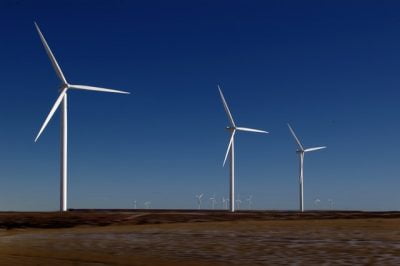Solar, Wind Energy, Hydroelectric, Biomass, Hydrogen, Geothermal, and Tides. These are the most important types of Renewable Energy, Sustainable Power Sources.
Most Important Types of Renewable Energy | All are Sustainable Power Sources
There are numerous types of sustainable power sources. A large portion of these sustainable power sources depends somehow on daylight.
Hydroelectric and Wind power are immediate aftereffects of differential warming of the Earth’s surface. Which prompts air moving about (wind) and precipitation framing as the air is lifted.
Sun-powered vitality is the immediate change of daylight utilizing boards or authorities. Biomass vitality is put away daylight contained in plants.
Another sustainable power sources that don’t rely upon daylight are geothermal vitality. Which is a consequence of radioactive rot in the outside layer joined with the first warmth of accumulating the Earth and tidal vitality. Which is a transformation of gravitational vitality.
Solar:
This type of vitality depends on the atomic combination control from the centre of the Sun. This vitality can be gathered and changed over in a couple of various ways.
The range is from sun-oriented water warming with sun-powered gatherers or storage room cooling with sun-based upper room fans for residential use to the perplexing innovations of direct transformation of daylight to electrical vitality utilizing mirrors and boilers or photovoltaic cells. Sadly these are, as of now, inadequate to completely control our cutting-edge society.
Wind Power:
The development of the climate is driven by contrasts of temperature at the Earth’s surface. Because of the different temperatures of the Earth’s surface when lit by daylight.
Wind vitality can be utilized to pump water or create power, yet requires broad areal scope to deliver critical measures of vitality.
Hydroelectric vitality:
This frame utilizes the gravitational capability of hoisted water that was lifted from the seas by daylight. It isn’t entirely sustainable since all repositories, in the end, top off and require extremely costly uncovering to end up helpful once more.
Right now, the vast majority of the accessible areas for hydroelectric dams are now utilized as a part of the created world.
Biomass is the term for vitality from plants:
Vitality in this shape is ordinarily utilized all through the world. Sadly the most mainstream is the consumption of trees for cooking and warmth. This procedure discharges bountiful measures of carbon dioxide gases into the environment. This is a noteworthy supporter of unfortunate air in numerous territories.
A portion of the more current types of biomass vitality are methane age and generation of liquor for vehicle fuel and filling electric power plants.
Hydrogen and energy components:
These are likewise not entirely sustainable power source assets. But rather are exceptionally bounteous in accessibility and are low in contamination when used.
Hydrogen can be scorched as a fuel, normally in a vehicle, with just water as the ignition item. This spotless consuming fuel can mean a noteworthy lessening of contamination in urban areas. Or, then again, hydrogen can be utilized as a part of energy units. Which are like batteries, to control an electric engine.
In either case, the noteworthy creation of hydrogen requires plentiful power. Because of the requirement for vitality to deliver the underlying hydrogen gas, the outcome is the movement of contamination from the urban communities to the power plants.
There are a few promising techniques to deliver hydrogen, for example, sun-based power, that may change this photo definitely.
Geothermal power:
Vitality left finished from the first gradual addition of the planet. Expanded by warmth from radioactive rot leaks out gradually all over the place, regularly.
In specific regions, the geothermal angle (increment in temperature with profundity) is sufficiently high to endeavour to create power. This probability is constrained to a couple of areas on Earth. Numerous specialized issues exist that breakpoints out its utility.
Another type of geothermal vitality is Earth vitality, an aftereffect of the warmth stockpiling on the Earth’s surface. Soil wherever tends to remain at a moderately consistent temperature, the yearly normal, and can be utilized with warm pumps to warm a working in winter and cool a working in summer.
This type of vitality can diminish the requirement for another capacity to keep up agreeable temperatures in structures; however, it can’t be utilized to deliver power.
Different types of vitality:
Vitality from tides, the seas and the hot hydrogen combination are different structures that can be utilized to create power. Each of these is examined in some detail, with the last outcome being that each experiences some noteworthy disadvantage and can’t be depended upon as of now to fathom the up-and-coming vitality crunch.







